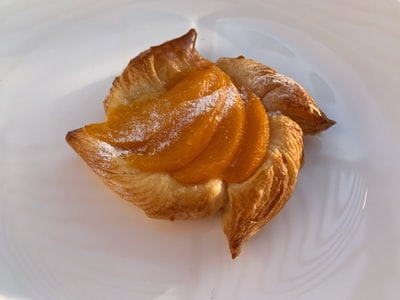The heart plays a central role in blood circulation.
- The heart is composed of four main blood vessels and four chambers.
- The cardiac cycle involves contractions (systole) and relaxation (diastole).
- Atrioventricular and semilunar valves prevent backflow.
- Blood flows from an area of high pressure to one of low pressure.
- The heart is composed of cardiac cells which are myogenic and controlled by nervous and hormonal stimuli.
- Cardiac volume = stroke volume x heart rate
- A thrombus is a blood clot caused by thrombosis.
- Atherosclerosis is when arteries become blocked with fatty deposits.
- When an atherosclerotic plaque enters the blood stream it becomes an embolus.
- When coronary arteries narrow this can lead to coronary heart disease.
- An aneurysm is where an artery bursts due to high blood pressure.
- Risk factors involved with coronary heart disease are high blood cholesterol, diet, cigarette smoking and high blood pressure.
——————————————————
TEST IT!
1.
The table below shows the pressure change in one cardiac cycle on the left side of the heart.
|
Time (s) |
Blood pressure (kPa) |
|
|
Left atrium |
Right atrium |
|
|
0.0 0.1 0.2 0.3 0.4 0.5 0.6 0.7 |
0.6 1.0 0.1 0.3 1.0 0.4 0.5 0.6 |
0.2 2.0 12.4 15.5 4.4 1.0 0.3 0.3 |
a) When was the valve between the atrium and ventricle shut? Explain why.
i. Between _______ s and _______ s
ii. Reason:_______________________________________________________________
b) Why is the maximum pressure in the atrium lower than in the ventricle?
2.
The sinoatrial node (SAN) is located in the right atrium of the heart
a) What is its role?
b) Cardiac cells are myogenic. Describe how an electrical signal moves through the heart.
3.
Certain foods contain flavonoids which decrease the amount of cholesterol in the blood thereby lowering the risk of developing coronary heart disease. One food is dark chocolate. A scientist decided to investigate this. They gathered together two groups of volunteers: one ate dark chocolate every day and the other was a control group. Every week the lumen of the main arm artery was measured. After four weeks in the volunteers who’d eaten dark chocolate every day with flavenoids the lumen had increased.
a) People with a high level of blood cholesterol are at risk of coronary heart disease. Name two other risk factors.
i. _______________________________________________________
ii. _______________________________________________________
b) Why would an increase in lumen diameter of the main artery reduce the risk of coronary heart disease?
ANSWERS
1.
a)
i. 0.1s and 0.5s
ii. The pressure in the ventricle is larger than that in the atrium.
b) The contractions in the ventricle are stronger so it contains more muscle.
2.
a) It controls heart rate.
b) When this SAN is stimulated it starts off a wave of electrical impulses which spread over the atria and result in atrial systole. This electrical signal is then registered by another node: the atrioventricular node (AVN). This node allows the signal to pass through the apex of the heart, down to the bottom of the ventricles, through the Bundle of His which is specialised conducting cardiac muscle. From here, the signal is spread through the ventricles via Purkinje fibres. Once they’ve filled with blood this causes the ventricles to contract from the bottom up.
3.
a) Answers include:
i. diet
ii. cigarette smoking
iii. high blood pressure
iv. alcohol
v. age
vi. lack of exercise
vii. stress
viii. obesity
b) Answers include:
i. less chance of high blood pressure
ii. less change of a blood clot (thrombosis)
iii. less chance of atheroma
 The heart plays a central role in blood circulation.
The heart plays a central role in blood circulation.